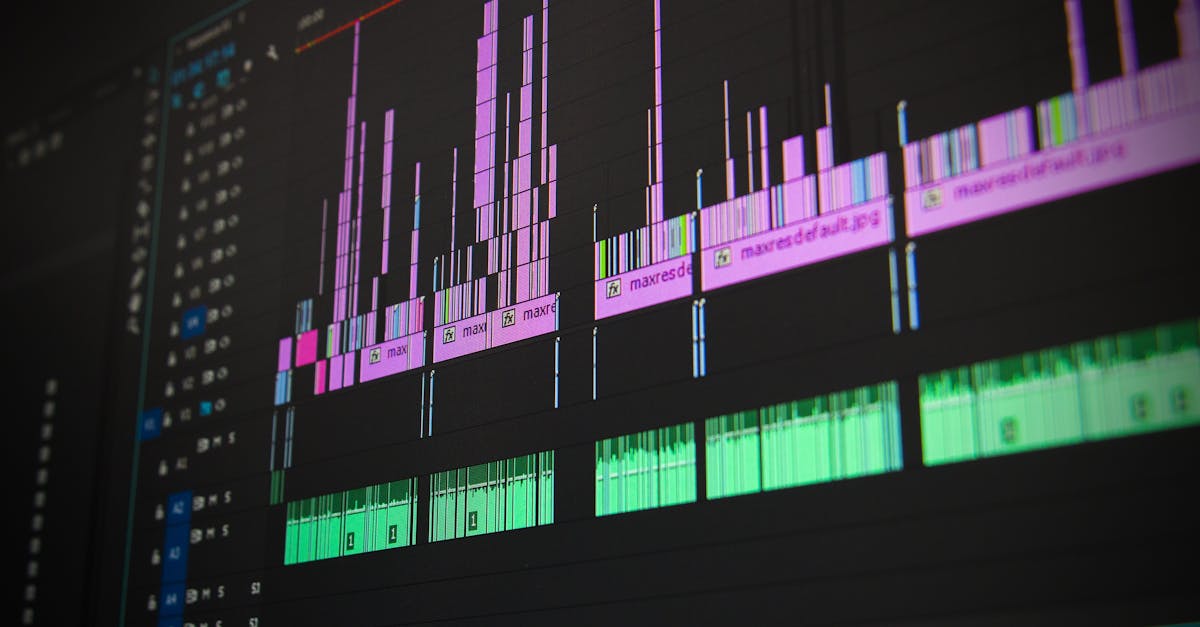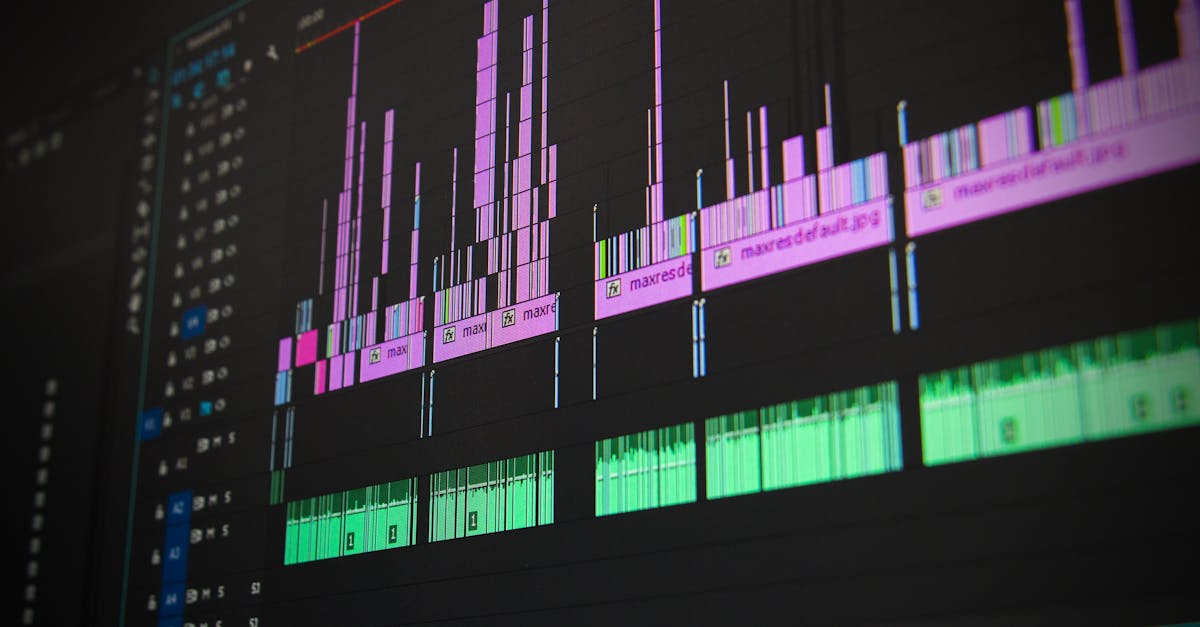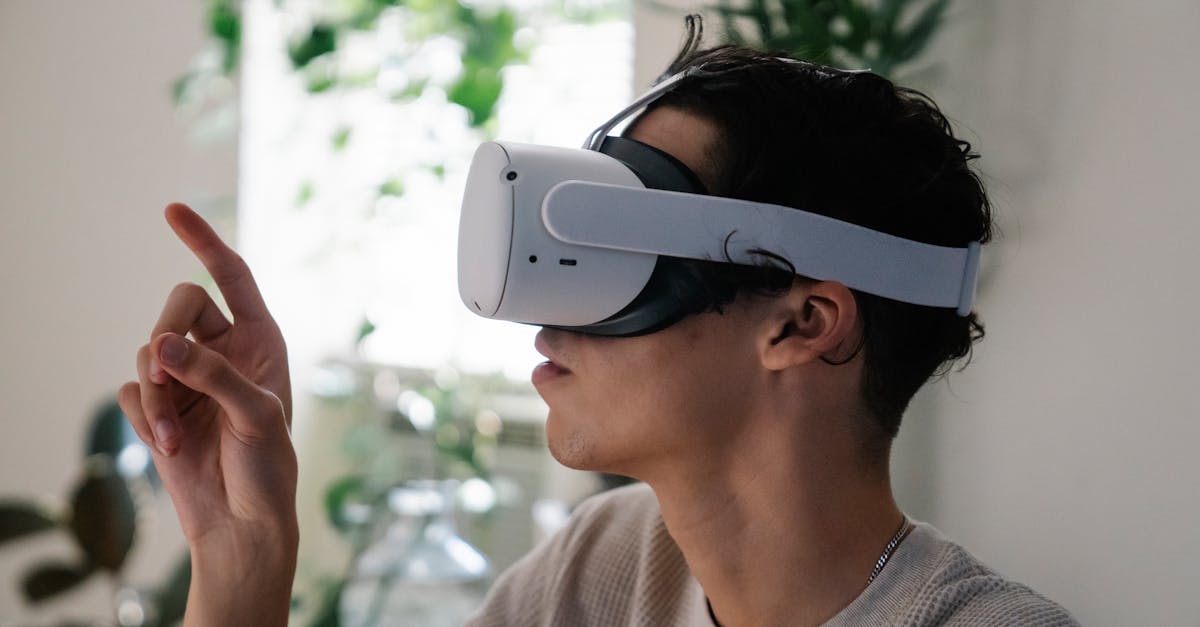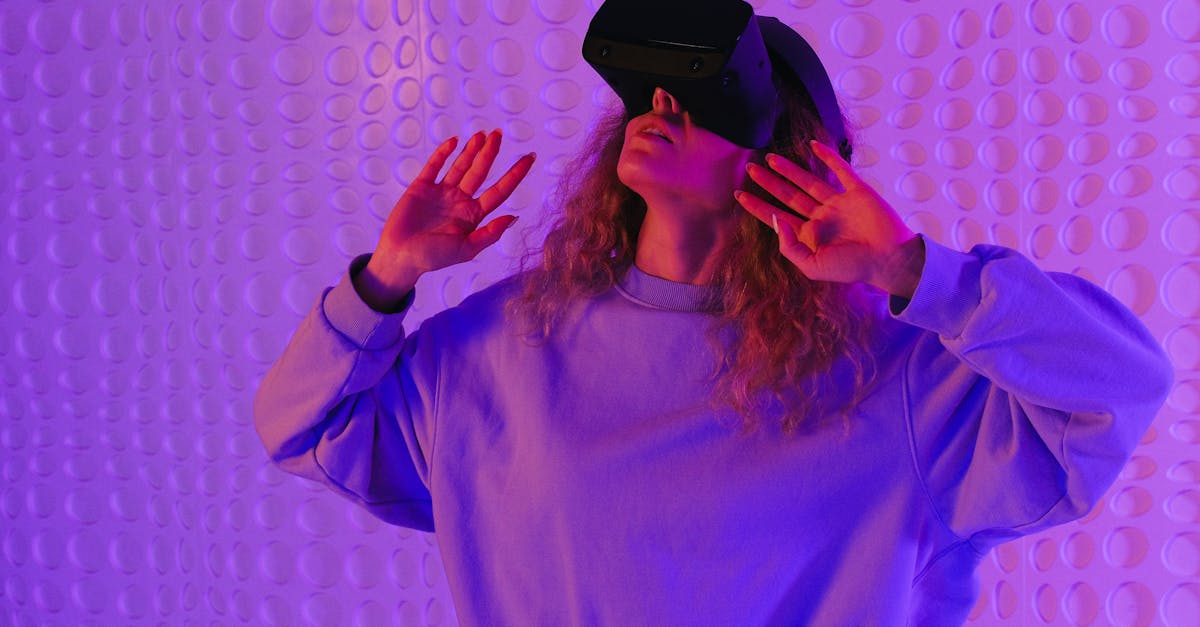The Future of Audio 2025
Introduction
In a world continuously shaped by technological evolution, audio technology has maintained a vital role in our daily lives. By 2025, the advancements in this field promise to reshape our entire auditory experience. The rapid pace of innovation in audio equipment, software, and transmission methods offers an exciting outlook. From entertainment to communication, new developments are driven by both necessity and curiosity. As consumers demand more immersive and personalized auditory experiences, companies are stepping up to meet these needs. This article delves into the anticipated future of audio and the transformations it may bring.
Advertisement
Voice Assistants and AI
One of the most transformative trends expected by 2025 is the heightened capability of voice assistants. Powered by advanced artificial intelligence (AI), these devices will transcend simple tasks like setting alarms. Enhanced natural language processing will allow for more engaging conversations with devices, completing complex queries and tasks. For instance, voice assistants might not only play a specific song but also create personalized playlists based on your mood. Furthermore, they will serve as gateways to control smart homes, becoming indispensable in daily routines.
Advertisement
Immersive Audio Experiences
The advent of immersive audio technology, such as 3D audio, is set to redefine how we experience sound. By creating spatial sound effects, which mimic how we naturally hear in real environments, audio experiences will become more realistic. Imagine attending a virtual concert and feeling as if the band were playing right in front of you, with the crowd's cheers encircling you. This advancement will not only revolutionize entertainment but also enhance virtual reality (VR) applications, providing a richer sensory involvement.
Advertisement
Improved Audio Quality
With consumers prioritizing high-fidelity sound, manufacturers will continue pushing the boundaries of audio quality. By 2025, the integration of superior codecs and lossless audio formats will enable clearer, richer sounds even through wireless transmission. Streaming services are expected to offer high-resolution audio as a standard, shifting away from compressed formats. Consequently, average listeners will gain access to studio-like sound quality, transforming the way we enjoy music, podcasts, and other auditory media.
Advertisement
Personalized Audio Content
The future of audio is paving the way for highly personalized auditory content. By leveraging AI and data algorithms, services will curate audio experiences tailored to individual preferences. Just as platforms now suggest music and podcasts, future audio systems could dynamically adjust content based on the listener's environment and mood. For instance, during a workout, your device might mix motivational talks with upbeat tracks to keep you inspired. This customization opens up a world of possibilities for creativity and engagement.
Advertisement
Integration with Wearable Tech
Wearable technology that integrates with audio systems offers a glimpse into the next phase of auditory advancement. Devices like smartwatches and augmented reality glasses will provide seamless audio delivery, offering convenience and mobility. By 2025, consumers can expect crystal-clear audio that adapts to real-time biometric feedback from these wearables. This innovation will not only enhance personal entertainment but will also revolutionize fields like fitness, healthcare, and communication by providing instantaneous audio information and feedback.
Advertisement
Green Audio Technology
As sustainability becomes a worldwide priority, the audio industry is also focusing on eco-friendly technology. By 2025, initiatives such as biodegradable audio packaging and energy-efficient devices will gain prominence. Manufacturers are expected to create products with recyclable materials, reducing electronic waste. Solar-powered headphones and battery-free audio devices will emerge, offering environment-conscious consumers more options. This ecological shift will encourage responsible production practices and conscientious consumerism.
Advertisement
Audio and Connectivity
The integration of audio technology within broader connectivity ecosystems will expand by 2025. As 5G and beyond unlock ultra-fast data speeds, real-time audio sharing and telecommunication will advance significantly. Seamless connectivity will remove the lag in audio streaming, allowing for synchronized international music collaborations and instantaneous remote audio-visual interactions. In addition, augmented experiences in virtual gatherings will enable attendees to participate as if they were in the same room.
Advertisement
Business and Education Applications
Businesses and educational institutions will increasingly capitalize on audio technology. By 2025, audio conferencing tools will feature smarter, noise-canceling algorithms that provide high-quality sound in various environments. In educational settings, interactive audio content will transform learning experiences, with augmented and virtual reality enabling auditory explorations of periods in history or the inner anatomy of cells. These innovations will make remote work and learning more effective, immersing individuals in a world that was once only imagined.
Advertisement
Conclusion
By 2025, the audio landscape will have been profoundly transformed, offering new layers of interaction and consumption. With enhancements in AI, quality, and immersive experiences, audio technology will not only cater to increasing demands for personalization and sustainability but also foster global connectivity. Whether through improved voice assistants, wearable integration, or immersive soundscapes, the future holds attainable yet exciting advances. As technology evolves, so too will our experiences and the ways we engage with the world through sound. It's an exhilarating time for audio enthusiasts, innovators, and consumers alike, as new voices and possibilities continue to emerge.
Advertisement







